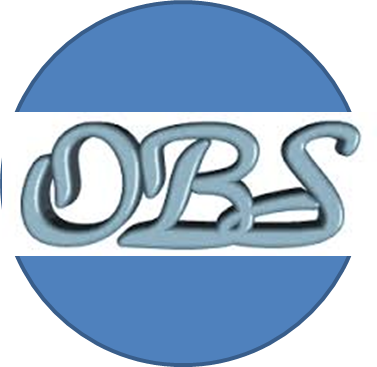Information
-
Document No.
-
Venue
-
Location
-
Conducted on
-
Prepared by
-
Are all work areas clean and sanitary?
-
Is there adequate lighting?
-
Are floors free of water or slippery substances?
-
Are aisles free of boxes, wastebaskets, chairs, and other obstacles that impede egress?<br>
-
Is material storage secure and stable?
-
Are evacuation routes and emergency phone numbers posted?
-
Are all emergency exits unlocked and free from obstructions?
-
Are all emergency lights operational? (push button to test)
-
Are all exit lights operational? (push button to test)
-
Are fire extinguishers mounted, visible, and accessible?
-
Are fire extinguishers fully charged and inspected monthly? (tag, date, initial)
-
Are first aid kits accessible and fully stocked?
-
Do all electrical cords have undamaged insulation and ground prongs?
-
Are extension cords used for temporary use only?
-
Are all electrical boxes closed? Do outlets have appropriate covers?
-
Are all electrical panel box switches labeled for purpose of use?
-
Are only licensed operators operating material handling equipment?
-
Are forklift operators wearing their seatbelts?
-
Are daily forklift inspections being completed? (check forms)
-
Is there an eyewash station near the forklift batteries charging area?
-
Are employees wearing gloves when handling sharp or abrasive material?
-
Are all personnel wearing high visibility clothing when in the warehouse?
-
Are all personnel wearing safety boots if they deviate from the clearly marked pedestrian pathways?
-
Are materials that could burn kept away from ignition sources?
-
Are flammable liquids stored in an approved metal container and/or fire rated cabinet?
-
Are all chemicals labeled?
-
Are propane cylinders store away from ignition sources preferably in locked crate outside the building?
Notes
-
Corrective Action Requirements (From OBS Safety Inspection Policy-OBS-SM4):
All deficiencies found during an inspection are to be corrected in a timely manner consistent with the seriousness of the hazard.
Documenting the correction of any deficiencies identified during the inspection is crucial. The inspector will use the original inspection form (this form) to document the correction of any deficiencies that can be immediately controlled or otherwise corrected.
If the deficiency identified during the inspection cannot be corrected by the inspector, corrective action must be formally assigned and documented on this inspection checklist.







